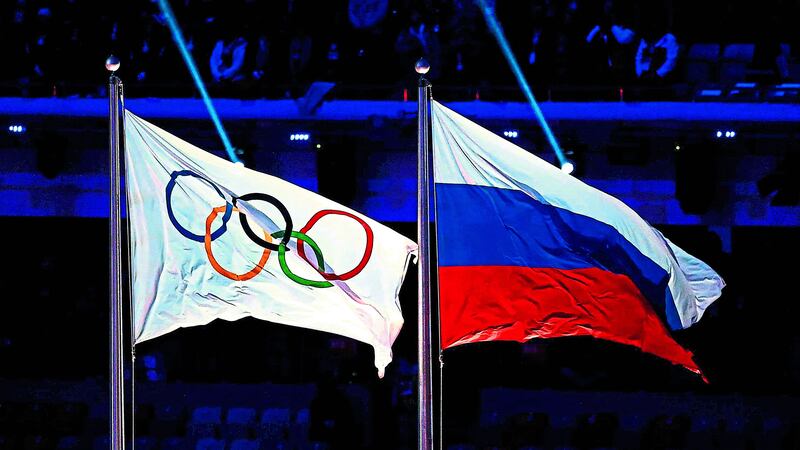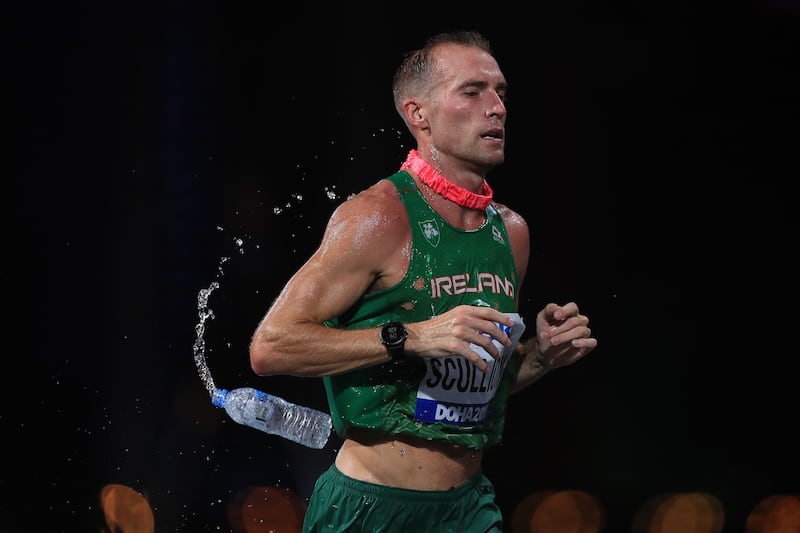RUSSIAN athletes corrupted the London 2012 Olympic Games “on an unprecedented scale”, a seven-month investigation into the country’s state-run doping programme has revealed.
The findings of the investigation, led by Canadian law professor Richard McLaren and conducted for the World Anti-Doping Agency, were published yesterday.
McLaren uncovered evidence that found that over 1,000 Russian athletes in more than 30 Olympic and Paralympic sports were involved in a doping conspiracy which began at least as early as 2011 and ran until 2015.
The 144-page McLaren report “sharpens the picture and confirms the findings” of his explosive interim report published in July, three weeks before the start of the Rio Olympics.
As well as the report, Wada has provided a searchable database of emails, forensic reports, laboratory tests and spreadsheets totalling more than 1,100 items.
Even this, McLaren said at a media conference in London, is “not the complete picture” as his team was denied access to the Moscow antidoping laboratory’s computer server and the hundreds of athletes’ samples still in its freezers.
In a damning indictment, McLaren explained how the conspiracy started as a response to a poor showing at the 2010 Winter Olympics, was first used to prepare the team for London 2012, refined in response to new anti-doping methods in 2013 before hitting its stride at the 2014 Winter Olympics in Sochi.
McLaren said the scheme in operation for London 2012 was based on athletes using a cocktail of steroids mixed with alcohol to limit the detection window, and on the Moscow anti-doping laboratory hiding positive tests by Russian athletes.
“The Russian Olympic team corrupted the London Games on an unprecedented scale, the extent of which will probably never be fully established,” he said.
“The desire to win medals superseded their collective moral and ethical compass and Olympic values of fair play.”
Russia won 24 gold, 26 silver and 32 bronze medals in London, while no Russian athlete failed a drugs test at the time of the Games.
McLaren, however, has now found evidence that positive samples from 78 athletes, including 15 medallists, simply disappeared.
Ten of those medal-winners have been caught in the International Olympic Committee’s retesting of London samples this year, but five remain unpunished.
It is a similar story for the World Athletics Championships in Moscow, where four athletes had their positive samples swapped for clean ones.
And at the 2014 Winter Olympics in Sochi, 12 medal-winning athletes are among those implicated.
Their names, along with the hundreds of others identified by McLaren, have now gone to their respective sports federations for them to start disciplinary proceedings.
The central message from the report is that the sensational claims made in May by the former head of the Moscow anti-doping laboratory Grigory Rodchenkov are true.
His claims seemed like something from a spy novel, with references to secret service agents working out how to open supposedly tamperproof urine sample bottles and using a hole in the wall of the Sochi laboratory to swap “dirty” samples for clean ones is.
But McLaren’s investigation has borne out that this was no novel, but reality.
Before McLaren’s media conference, his chief investigator Martin Dubbey talked journalists through the forensic methods used to uncover the conspiracy.
The first step was to replicate the method the Russians used to open the bottles, a technique which leaves tiny scratches on the inside of the bottles and their caps.
These scratches are visible under a microscope.
The team, however, also analysed the urine in the swapped samples and found that some contained levels of salt that are “physiologically impossible” for a human to produce.








